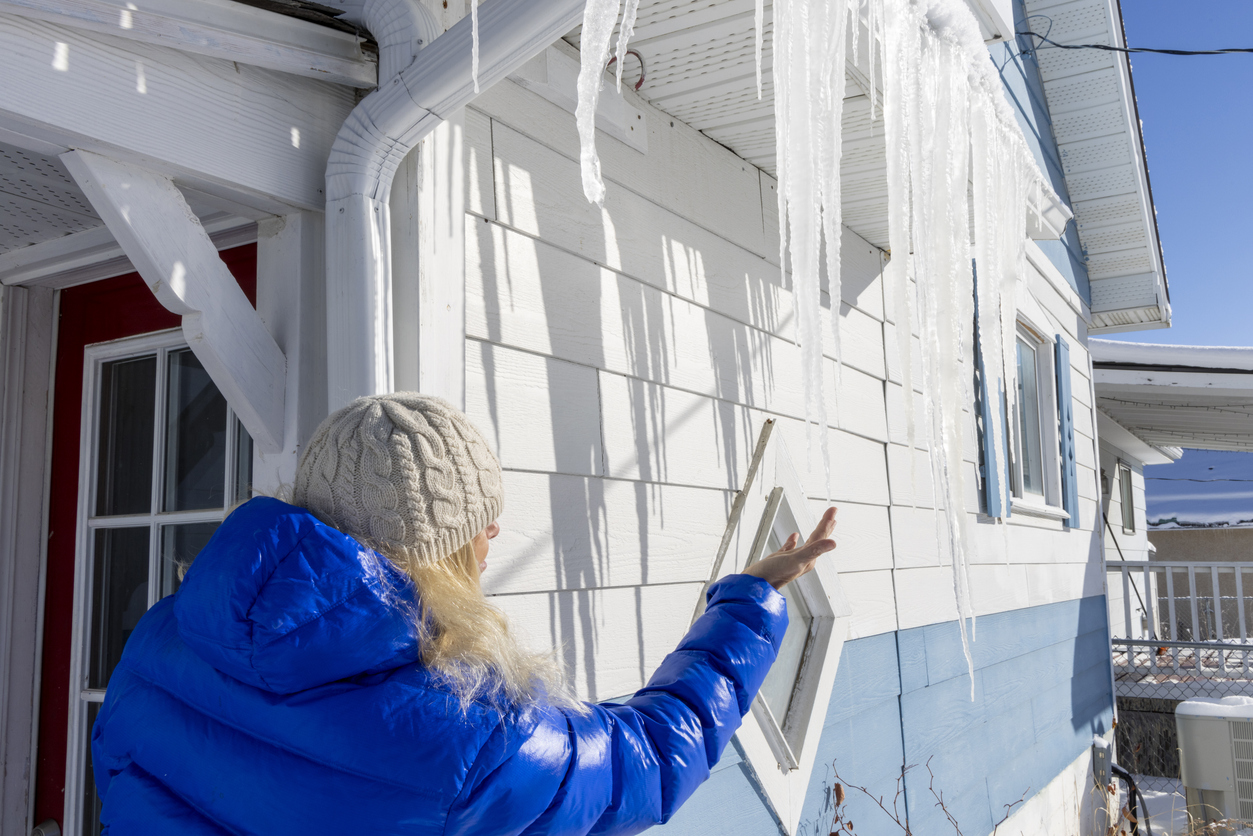Most policyholders and their representatives can navigate themselves through a flood claim; however, I have noticed many claimants failing to maximize their recovery.
If your property was damaged by a flood, you may be required to meet certain building requirements in your community to reduce future flood damage before you repair or rebuild your damaged property. To help you cover the costs of meeting those requirements, the National Flood Insurance Program (NFIP) includes Increased Cost of Compliance (ICC) coverage for all new and renewed Standard Flood Insurance Policies.
How much coverage is available? Flood insurance policyholders in special flood hazard areas can get up to $30,000 to help pay the costs to bring their home or business into compliance with their community’s floodplain ordinance. Unfortunately, $30,000 is often not enough, but it is a start.
You may file an ICC claim in two instances:
First, if your community determines that your home or business is damaged by flood to the point that repairs will cost 50 percent or more of the building’s pre-damage market value, you are eligible. In the flood claim world, this is referred to as substantial damage. Your local ordinance will provide you a substantial damage letter that you will need to provide to your flood carrier.
One is also eligible for ICC coverage if your community has a repetitive loss provision in its floodplain management ordinance and determines that your home or business was damaged by a flood two times in the past 10 years, where the cost of repairing the flood damage, on the average, equaled or exceeded 25 percent of its market value at the time of each flood. This is called repetitive damage. Additionally, there must have been flood insurance claim payments for each of the two flood losses. Again, you must provide supportive documentation reflecting your eligibility.
It is important to file all flood claims properly and include all necessary supporting documentation. FEMA provides a specific ICC Proof of Loss form that needs to be filed that is different from FEMA’s standard Proof of Loss.



